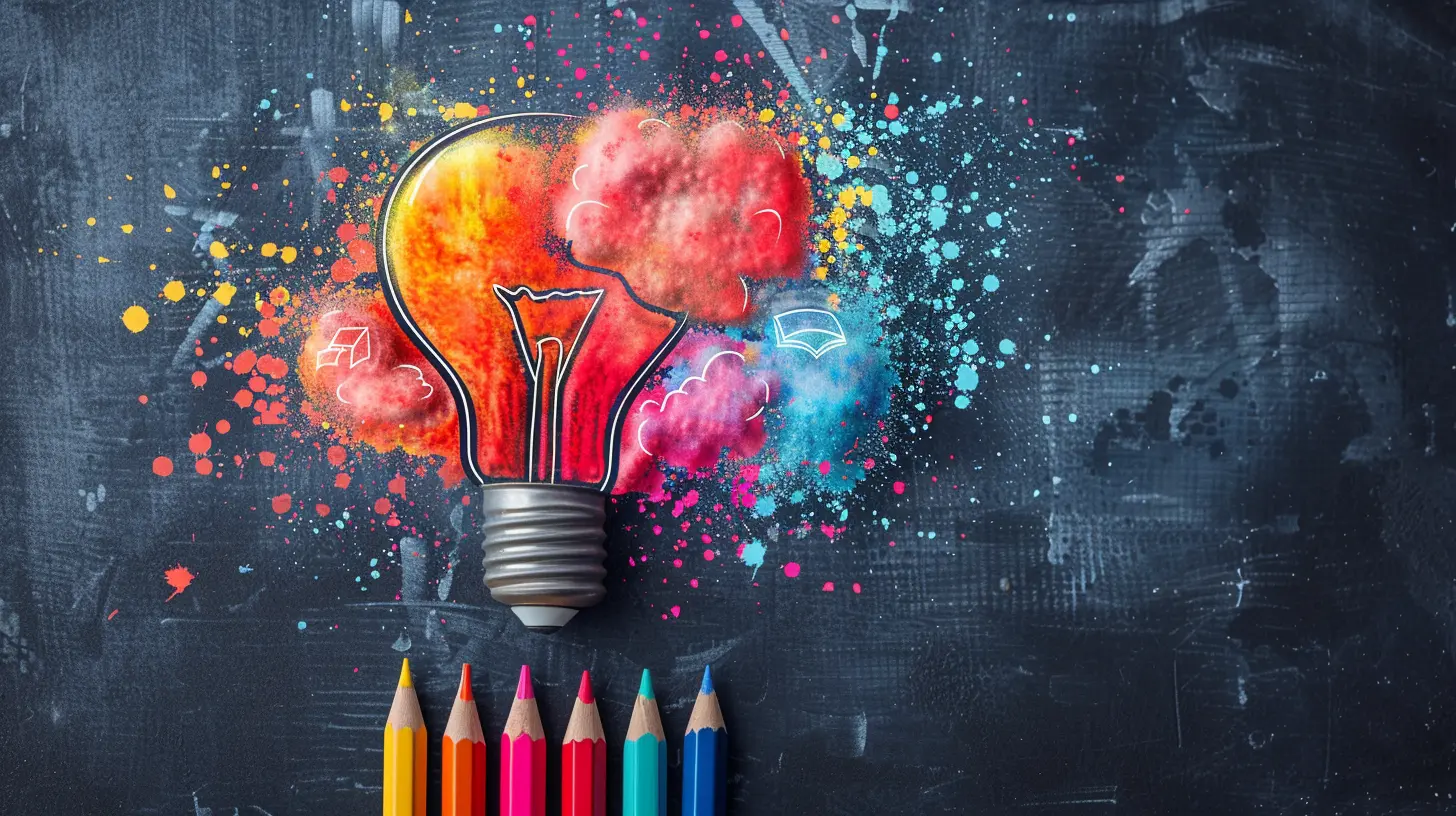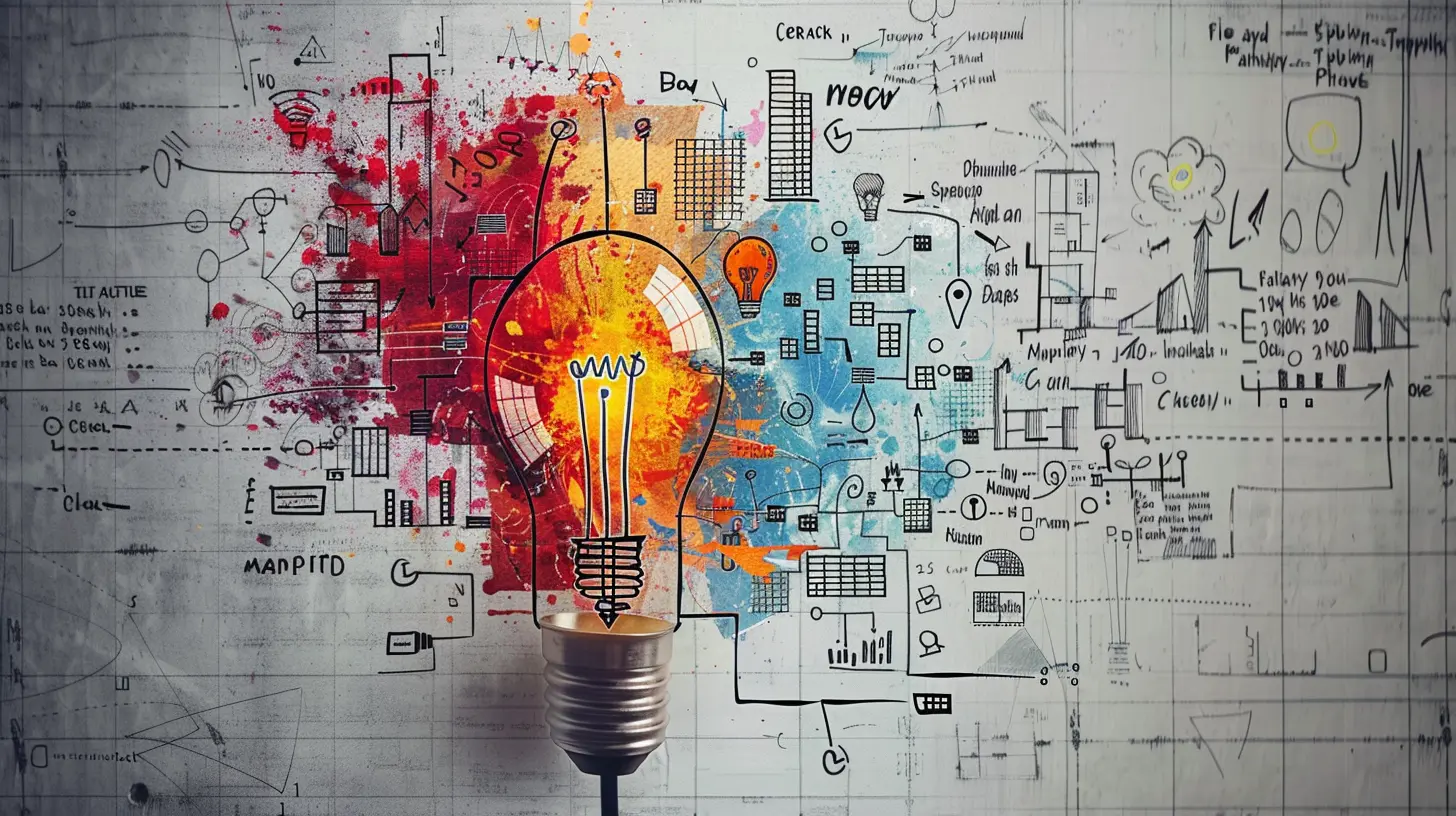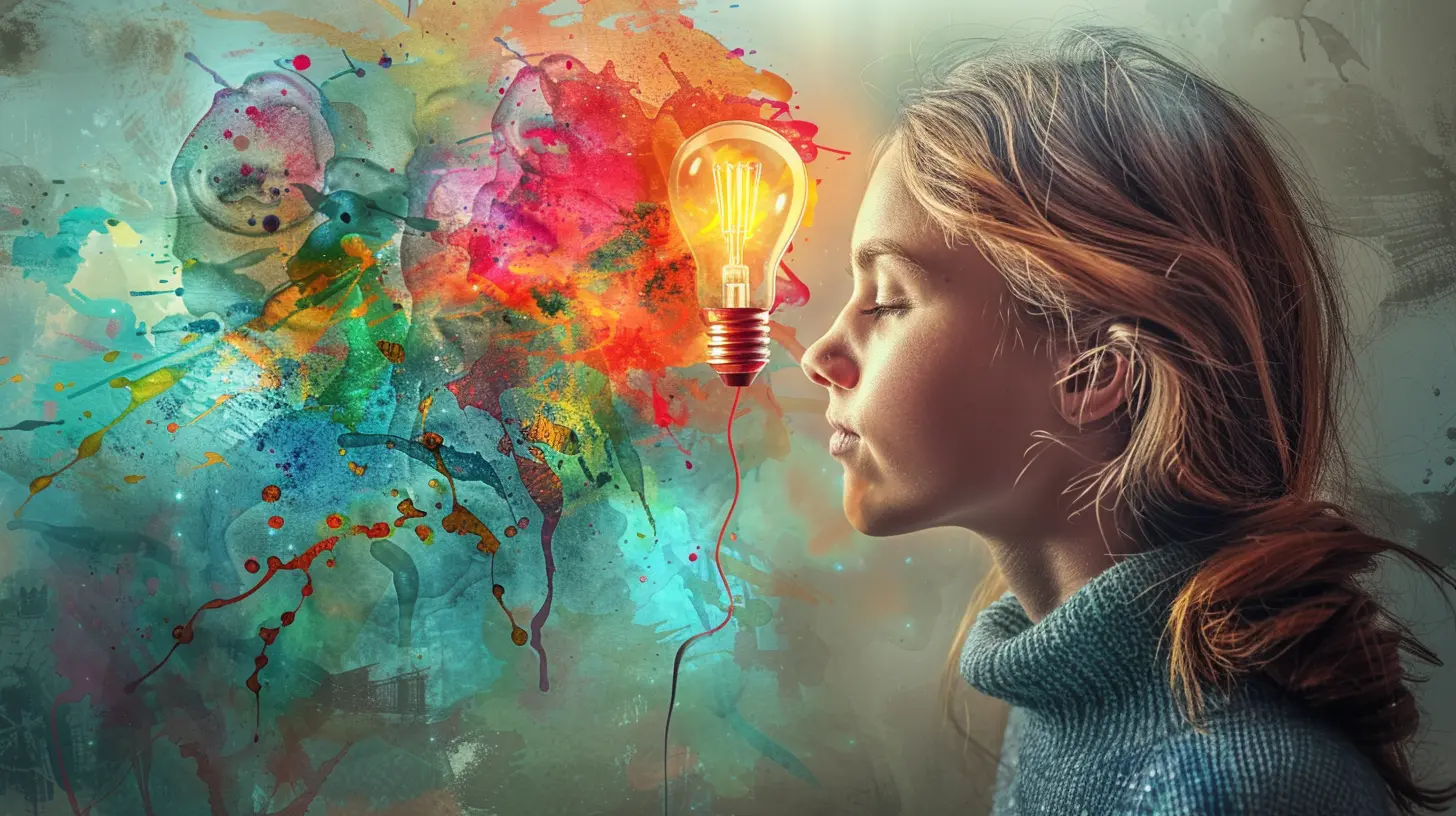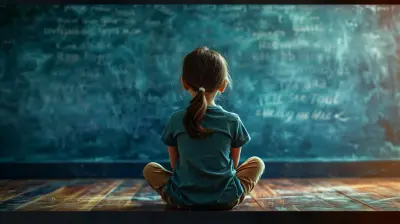The Role of Mind Mapping in Active Learning
30 April 2025
Have you ever felt overwhelmed by a sea of information while studying? You’re not alone. Traditional learning methods often force us to cram data into our brains without truly understanding or retaining it. But what if there was a way to make learning more engaging, structured, and memorable? This is where mind mapping comes into play.
Mind mapping isn’t just a fancy way to take notes—it’s a game-changer for active learning. By visually organizing information, mind maps help you connect ideas, improve comprehension, and enhance recall. Whether you're a student trying to grasp a tough subject or a teacher aiming to make lessons more interactive, mind mapping can revolutionize the way you learn and teach.
So, let’s dive deep into how mind mapping enhances active learning, why it works, and how you can leverage it for maximum benefits! 
What Is Mind Mapping?
Before we talk about its role in active learning, let’s cover the basics. A mind map is a visual tool that represents information in a structured way. It starts with a central idea (the main topic) in the middle, and branches out with related subtopics.Imagine a tree—your main idea is the trunk, and the branches represent related concepts. This structure mirrors how our brains naturally process and store information, making learning feel more intuitive and engaging.
Mind maps can be simple or detailed, depending on what you're studying. They can include:
- Keywords – to keep things concise
- Images & Colors – to make connections stronger
- Lines & Arrows – to show relationships between ideas
Now that we understand what a mind map looks like, let’s explore how it fits into active learning. 
What Is Active Learning?
Before we connect the dots between mind mapping and active learning, let’s clarify what active learning really means.Active learning is all about engaging with the material rather than passively absorbing it. Instead of just reading or listening, you interact with the information through discussions, problem-solving, and critical thinking.
Think of it this way: If passive learning is like watching a cooking show, active learning is actually getting into the kitchen and preparing the dish yourself.
Some common active learning techniques include:
- Group discussions
- Problem-solving exercises
- Hands-on projects
- Case studies
- Mind mapping!
This is where things get interesting—because mind mapping is one of the most effective tools for active learning. Here’s why. 
How Mind Mapping Enhances Active Learning
1. Encourages Critical Thinking
Mind maps force you to think critically about how one concept relates to another. Instead of just memorizing facts, you actively analyze and connect ideas.For example, if you're studying history, a mind map can help you see how different events triggered others, making it easier to grasp complex timelines.
2. Helps With Better Retention and Recall
Studies show that our brains process visual information 60,000 times faster than text. When you structure notes in a mind map, you’re creating a visual memory, making it easier to recall information during exams or real-life applications.Think of your brain as a filing cabinet. When you use mind maps, you’re essentially organizing information neatly into folders instead of stuffing papers randomly inside!
3. Boosts Creativity and Problem-Solving
Stuck on a tough problem? Mind maps can unlock creativity by allowing you to see different angles of a topic. By visually brainstorming solutions, you can come up with creative approaches that traditional note-taking wouldn’t allow.This is especially useful for brainstorming essays, designing projects, or even planning your personal goals.
4. Makes Learning Fun and Engaging
Let’s be honest—reading pages of plain text can get boring. But mind mapping adds colors, images, and structure, making the learning process more interactive and enjoyable.When learning feels like an engaging activity rather than a chore, you’re more likely to stay motivated and absorb the material efficiently.
5. Encourages Active Participation in Learning
Mind mapping isn’t just for solo study sessions. Teachers can use it as a collaborative learning tool, allowing students to contribute ideas and build knowledge together.Picture a classroom where students brainstorm ideas for a group project using a large mind map on the board. Instant engagement, right? 
How to Use Mind Mapping for Better Learning
Now that you're convinced of its benefits, how do you actually start using mind mapping effectively? Here’s a step-by-step guide:Step 1: Pick a Central Topic
Start with your main idea in the center of the page. Write it down and circle it—it could be a subject, a chapter, or a specific problem you’re solving.Step 2: Branch Out With Key Concepts
Draw lines outward from the central topic and jot down key subtopics. Think of them as the major ‘branches’ of your learning tree.Step 3: Expand With Supporting Details
Now, add smaller branches from each main idea. These can include definitions, examples, or related concepts.Step 4: Use Colors and Images
Enhance recall by adding colors, symbols, and images to make the mind map more visually appealing. This activates different parts of your brain and strengthens memory.Step 5: Review and Revise
The beauty of mind maps is their flexibility. As you learn more, you can add, remove, or rearrange information to reflect your growing understanding.Best Tools for Mind Mapping
While you can use good old pen and paper, there are several digital tools that make mind mapping easier and more interactive:- MindMeister – Great for collaborative mind maps
- XMind – Powerful and visually stunning tool
- Coggle – Simple and user-friendly
- Lucidchart – Perfect for students and professionals alike
Whichever tool you choose, the goal remains the same—to make learning more structured, engaging, and effective.
Final Thoughts
Mind mapping is more than just a note-taking technique; it’s a superpower for active learning. By making information more visual, interconnected, and engaging, mind maps help learners think critically, retain knowledge better, and enjoy the learning process.So, next time you're struggling with a complex topic, why not grab a piece of paper (or fire up a mind-mapping app) and start sketching out your thoughts? You might be surprised at how much easier learning becomes!
all images in this post were generated using AI tools
Category:
Study TipsAuthor:

Olivia Chapman
Discussion
rate this article
7 comments
Anika Stewart
Mind mapping transforms learning by fostering creativity, organization, and deeper understanding. Truly inspiring!
May 17, 2025 at 7:08 PM

Olivia Chapman
Thank you! I’m glad you found the article inspiring. Mind mapping truly enhances active learning by encouraging creativity and organization.
Oscar McElveen
Mind mapping seems fascinating! How exactly does it enhance active learning, and what are some effective techniques to implement it?
May 5, 2025 at 3:18 AM

Olivia Chapman
Mind mapping enhances active learning by visually organizing information, which improves understanding and retention. Effective techniques include using keywords, images, and color coding to represent ideas and relationships, and encouraging collaborative mapping for diverse perspectives.
Vance Rivera
Mind mapping enhances active learning by visually organizing information, fostering connections, and promoting critical thinking. This technique not only boosts retention but also supports creativity, making learning more engaging and effective.
May 4, 2025 at 1:05 PM

Olivia Chapman
Thank you for your insightful comment! I completely agree—mind mapping truly transforms the learning experience by enhancing engagement and facilitating deeper understanding.
Nico Snow
Absolutely loved this article! Mind mapping is such a vibrant way to boost active learning—sparking creativity and enhancing understanding! It transforms complex concepts into manageable visuals, making learning both fun and effective. Can't wait to try these techniques in my studies! Keep the awesome insights coming! 🌟📚
May 2, 2025 at 6:43 PM

Olivia Chapman
Thank you so much for your kind words! I'm thrilled to hear you enjoyed the article and found the mind mapping techniques inspiring. Happy studying! 🌟📚
Felicity Erickson
Mind mapping is an invaluable tool for active learning. It enhances comprehension, encourages critical thinking, and aids retention by visually organizing information. Implementing this technique can transform how students engage with and process complex concepts effectively.
May 1, 2025 at 7:00 PM

Olivia Chapman
Thank you for your insightful comment! I completely agree—mind mapping truly is a powerful tool that fosters deeper understanding and critical engagement in the learning process.
Imani Morris
Mind mapping enhances retention and engagement, fostering deeper understanding.
April 30, 2025 at 6:21 PM

Olivia Chapman
Thank you! I'm glad you found the connection between mind mapping and deeper understanding valuable. It truly does enhance engagement and retention in learning.
Sloan McMurtry
Mind mapping is a powerful tool for active learning. It enhances organization, boosts creativity, and facilitates deeper understanding, making complex information easier to digest and retain. A game-changer!
April 30, 2025 at 3:56 AM

Olivia Chapman
Thank you for your insightful comment! I completely agree—mind mapping truly transforms the learning experience by enhancing organization and creativity.
MORE POSTS

The Role of Physical Exercise in Enhancing Cognitive Performance

Incorporating Mindfulness Practices in the Classroom

How to Organize Your Notes for Maximum Retention

Respecting Indigenous Cultures in Education

How to Align Curriculum with Competency-Based Education

Encouraging Self-Discipline in Today’s Youth